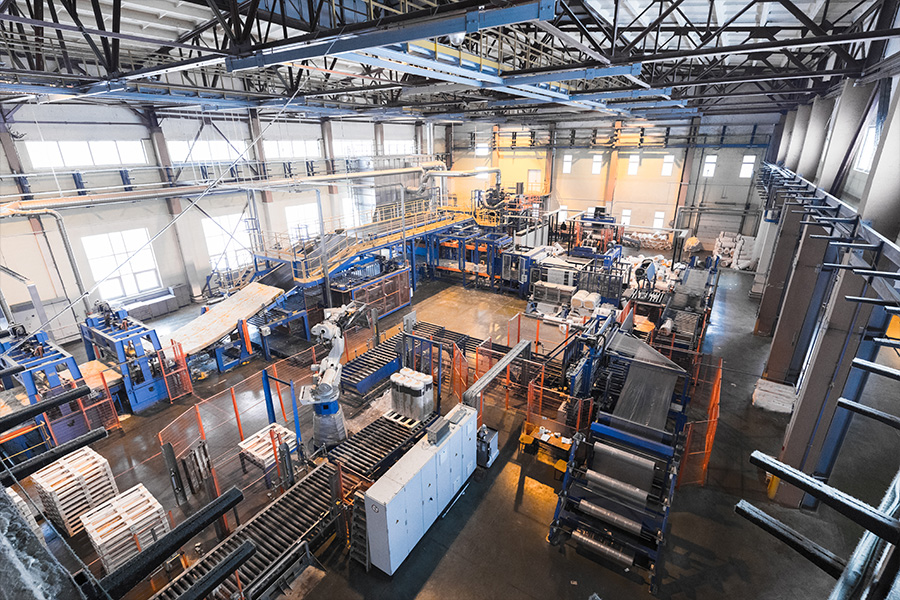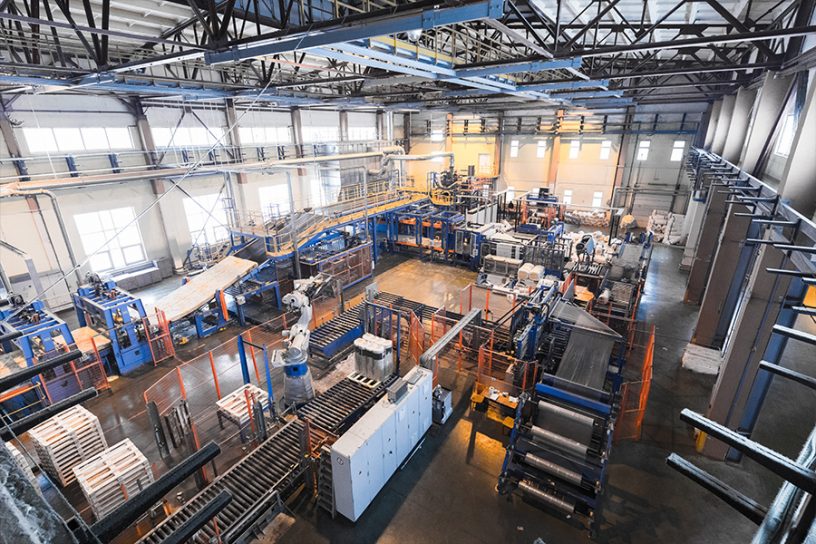
Application of quality control tools, reduction in lead-time, use of right first time approach and use of new technology and product innovations are the most significant among the solution alternatives that the manufacturing firms should consider to overcome obstacles in implementation of green and lean systems.
Authors
Sachin Kumar Mangla, Assistant Professor, Jindal Global Business School, O.P. Jindal Global University, Sonipat, Haryana, India; Visiting Fellow, Plymouth Business School, University of Plymouth, Plymouth, United Kingdom.
Rajesh Kr Singh, Operations Management, Management Development Institute (MDI), Gurgaon, India.
Manjot Singh Bhatia, School of Strategy and Leadership, Coventry University, Coventry, United Kingdom.
Sunil Luthra, Department of Mechanical Engineering, Ch. Ranbir Singh State Institute of Engineering and Technology, Jhajjar, India.
Summary
The integrated implementation of lean and green systems can assist managers in achieving environmental and economic performance. The benefits of this integration include improved quality of the environment, superior interactions with channel partners and consumers, reduction in lead times and overall costs, and so forth.
This research seeks to evaluate the solutions for integrated implementation of green and lean practices to overcome the barriers in the manufacturing industry. The barriers are categorized as managerial, technological, organizational and cultural, individual and quality barriers. In this study, a fuzzy AHP and fuzzy TOPSIS based framework has been proposed.
From the analysis, it is found that application of quality control tools, reduction in lead-time, use of right first time approach and use of new technology and product innovations are the most significant among the solution alternatives that the manufacturing firms should consider to overcome obstacles in implementation of green and lean systems.
To the best of authors’ knowledge, this is the first study to examine prominent solutions to overcome barriers with regard to integrated operation of green and lean performance.
The ranking of the solutions will be useful for managers in the manufacturing firms to make best strategic decisions for reducing their waste and improving performance. Mangers can concentrate on the most prominent solutions and formulate the appropriate strategies accordingly.
Published in: Business Strategy and the Environment
To read the full article, please click here.


